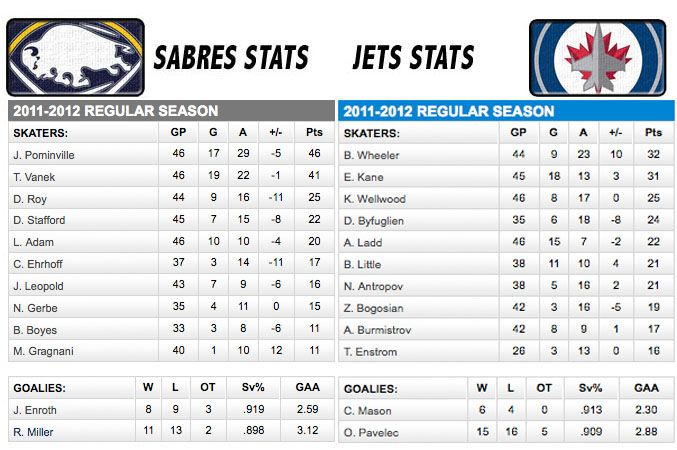With Cleveland’s curse being brought back to the forefront with the 30 for 30 called Believeland, the Lake Erie Monsters winning the Calder Cup and, of course, the Cavaliers winning their first NBA Finals in franchise history, it seems apropos to bring up the most detailed look at the Indians side in The Curse of Rocky Colavito by Terry Pluto.
The story begins in 1955, the year after the Indians lost the World Series in a sweep against the Giants and the year that two players who were to be the franchises future, Herb Score and Rocky Colavito, made their debuts. Of course, the first devastating thing to happen was Score missing almost all of 1957 after being struck in the face by a batted ball, then Frank Lane came in and single handily took apart one of the greatest Indians teams ever.
This began the “curse” as it were and Pluto, who was born in 1955 so he can recall his own early memories as well as the interviews of many former Indians stars, catalogs the many improbable bouts of bad luck to follow. It is an interesting coincidence that the book then ends at the end of the 1993 season with an epilogue for 1994. There was a new stadium on the horizon and it was obvious that the Indians were building something special. This wasn’t the first time that the Indians looked to be turning things around, they had great pitching in the late 1960’s and were predicted to be one of the best in the late 1980’s, but the Curse came out just before the time when the curse was essentially ended with two World Series visits in three years.
As for those teams of the 1960’s, they are among the least discussed in Indians history, largely thanks to their lack of success. Even so, with stars like Sudden Sam McDowell and Sonny Siebert, they were an interesting squad and Pluto remembers the team well from his youth. It’s about much more than stats and wins as Pluto has the stories beyond the box scores of the era. This continues through the 1970’s and all the way up until 1994 as he finds every single bad thing that happened to the Tribe over the course of about 40 years that kept them from finishing better than third at any point between 1960 and 1993. There’s even a chapter in the middle of the book called “Tragic Tribe” that outlines the worst of the worst.
More than anyone else, one man who probably wishes this book was never written is current Indians broadcaster Rick Manning. For those born late in the 1970’s or after, the story of Manning and Dennis Eckersley may not be well known, but it is explained in detail in The Curse of Rocky Colavito. If you hear that twinge of anxiety whenever the Hall of Fame closer is brought up in the STO booth or see subtle references to the pair, you need to read this book and catch yourself up on this tale of romance and betrayal. At the same time, his on the field performance isn’t looked at in a much better light. Honestly, this single chapter is worth buying the book on its own.
It isn’t all negative and Pluto was obviously an Indians fan long before he was an Indians writer. The final chapter covers the period from the late 1980’s through the early 1990’s and is entitled “Putting the Pieces Together” and is a very positive look for the future, particularly considering the decades that preceded it. It’s an older book now, but this look into the future provides more perspective now that the future it speaks on is more than 20 years in the past. As for the majority of the book, from 1955 through 1993, that is history and not likely to change. Pluto’s coverage of the Indians for those 40 years provides an accurate and entertaining rendition greater than any other book written about the Tribe. Because he wasn’t directly employed by the team, he was able to tell the bad along with the good and tell the real version rather than the whitewashed team friendly version. Since he was a fan first, he’s able to put the emotion into the stories that anyone from Cleveland can appreciate. While the curse of Rocky Colavito ended during the 1990’s, there is no better way to discover or rediscover those decades of Indians baseball than Terry Pluto’s The Curse of Rocky Colavito.
Add The Sports Daily to your Google News Feed!

